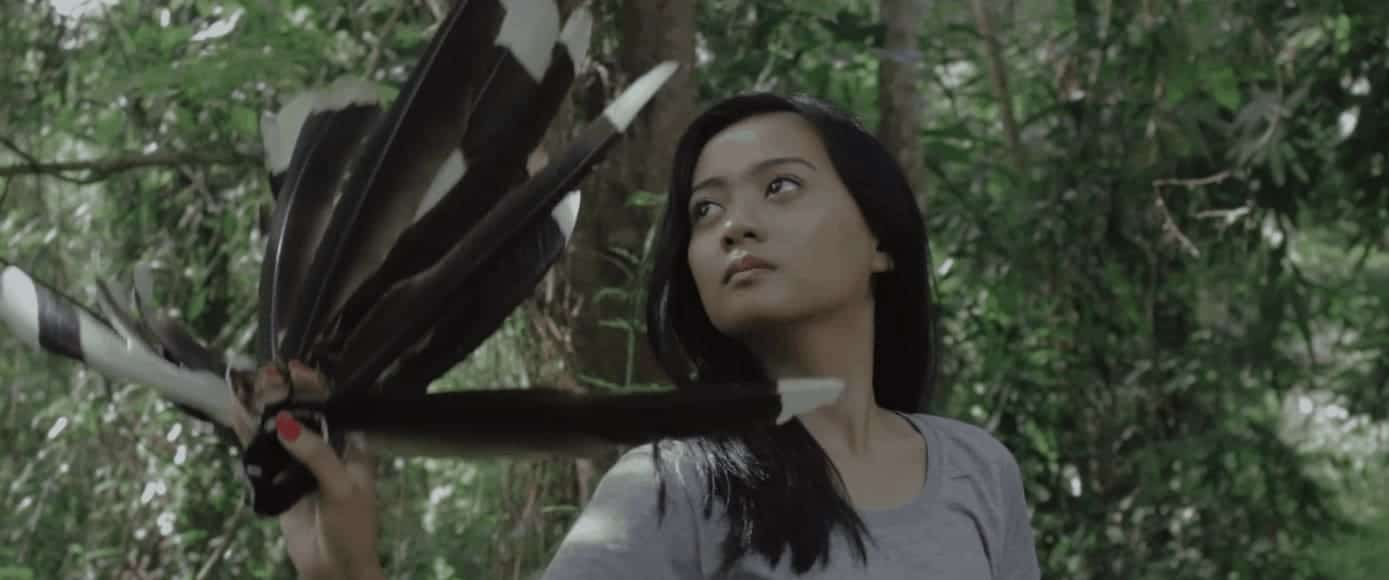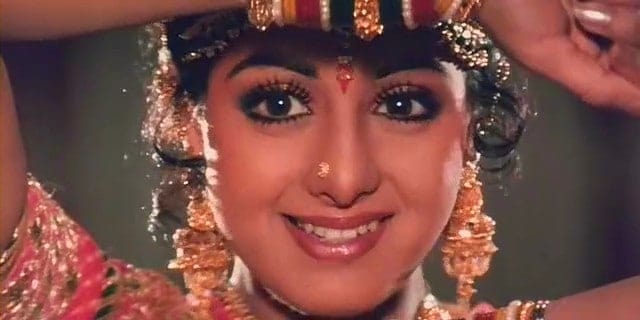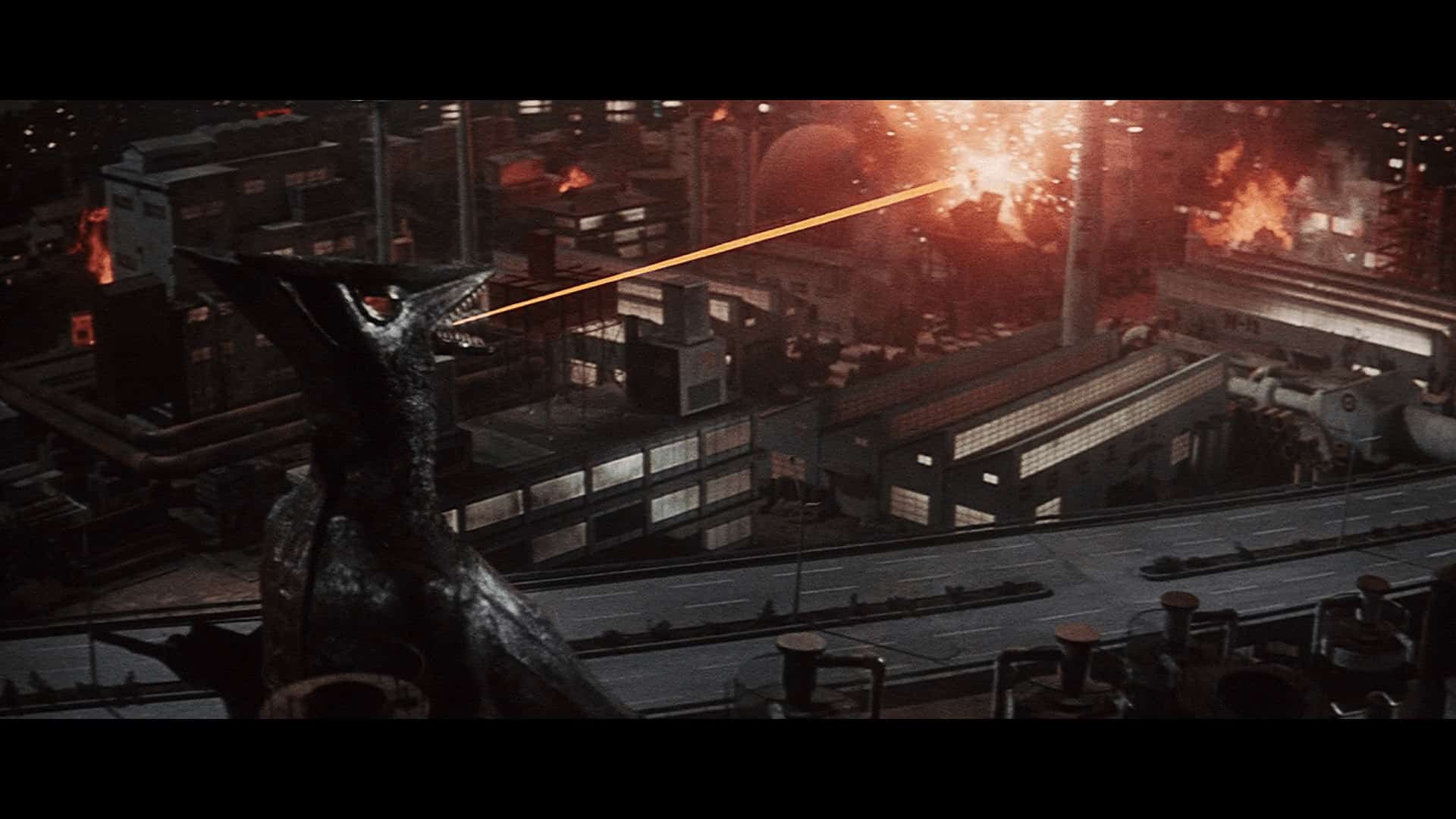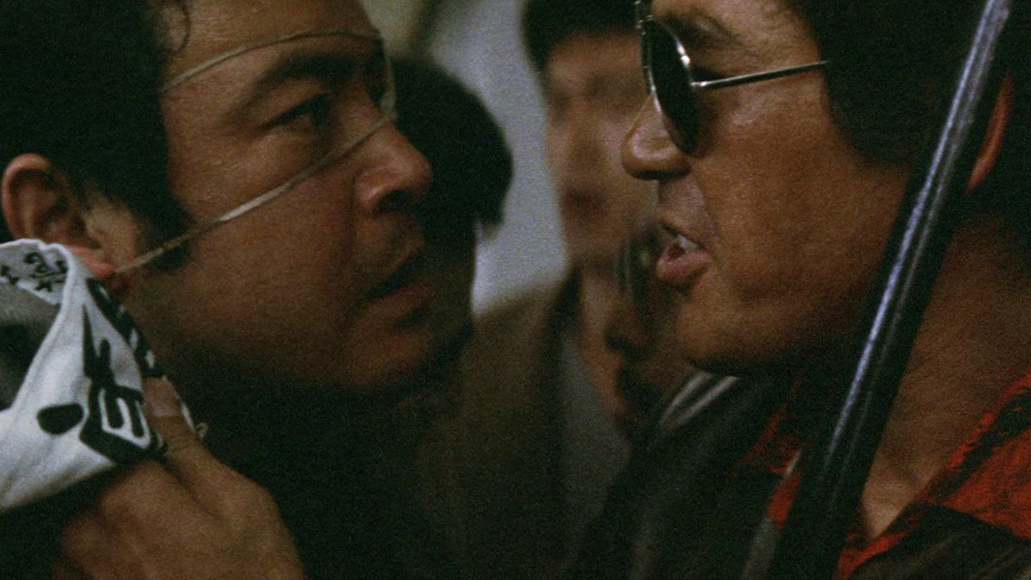“I am working towards the viewers making sense out of the footage.” (Sandhya Suri)
Retracing a nation's identity, its history and development, is often a revealing experience for those behind the camera and those watching the finished product. Film, literature and art in general can play an important role in that process. With the death of French filmmaker Claude Lanzmann on 5 July 2018, the world of documentary film has lost one of the defining voices, a thorough and also humane investigator of the deep wounds of the Holocaust. One can also mention the work of Joshua Oppenheimer, whose films “The Act of Killing” (2012) and “The Look of Silence” (2014) define significant and touching documents on the Indonesian mass killings between 1965 and 1966.
When British director Sandhya Suri was approached by the British Film Institute to go over 50 hours of film, the opportunity was too tempting to let go. As part of the Unlocking Film Heritage Project, her task was to watch the film and create something of a narrative, one which might shed some light into the historically diverse relationship between the UK and India. While the task was interesting, structuring the sheer extent of the archive was immense, as Suri mentions in several interviews. Even though the links between the home movies, educational films or propaganda films would eventually reveal itself to Suri, the nature of what she saw was sometimes quite shocking.
Around India with a Movie Camera is available from Icarus Films
Starting from what presumably is the earliest footage of India from 1899 to some recorded right before Indian Partition in 1947, the films follows a more or less chronological pattern. What is fascinating about the film is the various origins of the footage Suri assembled here from official news footage about the King's visit to the country in 1911 to Kuna Gandhi's films showing his Mahatma Gandhi. Even though some may show images to historic events already known to the viewer, some add what Suri calls an “ethnographic gaze” to the narrative, representing how the British saw the Indians and vice versa. The gaze obviously differs in its agenda and approach, ranging from fascination, incomprehension, irony to prejudice. Through Suri's editing and the music by Soumik Datta and Rosabella Gregory an order is created, but in the end, as the director states herself, it is up to the viewer to make sense of the footage seen here.

Obviously, some of the footage seen here is quite offensive. The image of a British woman from the Salvation Army demanding an Indian woman to take off her jewelry is perhaps one of the most excruciating moments of the film, as highlighted in many other reviews. The seemingly indifferent expression of the British is met by the increasingly hopeless and sad gaze of the Indian woman, who eventually breaks down and cries. Apart from the music, which adds its view of the situation, Suri refrains from adding voice-over or other further contextualization to the footage other than its individual historical background.
Although the majority of the footage shows the view of the colonizer, Suri leaves enough room “to return the gaze”. The most interesting perhaps is footage of an Indian living in London commenting on the way all British remain “individuals” even within a crowd and do not interfere with the other person's business. As “light” as these observations may seem, they reflect the same kind of fascination of the British gaze on the Indian.
Lastly, “Around India with a Movie Camera” is a brilliant view on the relationship between India and the UK. While troubled through history, many films – although certainly staged to some extent – display the path into modernity, into industrialization and a strengthened confidence in what established culture. The more the British maintain their culture in their colony, the more obvious are the differences, as well as the possibility to find a common ground. Whereas exoticism and prejudice certainly prevail in the gaze of the camera, depending on which part of the film one is watching, there is also a healthy extent of curiosity and open-mindedness for the other. Perhaps this is where the hope of the film and its makers lie, to find this common ground and face the challenges lying ahead.

“Around India with a Movie Camera” is a brilliant documentary on the last years of British rule in India up until 1947. Even though it works perfectly as a historical document or collage, the most rewarding approach is how the film analyzes the gaze, the approximation of two cultures trying to understand the other beyond the borders of prejudice and colonialism.
Sources:
1) Ramnath, Nandini (2018) Archival documentary reveals how the British saw India and how Indians returned the gaze
https://scroll.in/reel/871575/archival-documentary-reveals-how-the-british-saw-india-and-how-indians-returned-the-gaze, last accessed on: 08/02/2018
2) https://www.bfi.org.uk/news-opinion/news-bfi/announcements/around-india-movie-camera, last accessed on: 08/02/2018
3) Bhuchar, Suman (2018) ‘Around India with a Movie Camera' – Old film tells hidden tales: Empire and New Beginnings
http://asianculturevulture.com/portfolios/around-india-movie-camera-old-film-tells-hidden-tales-empire-new-beginnings/, last accessed on: 08/02/2018
4) https://www.clovemagazine.com/journal/2018/2/26/around-india-with-a-movie-camera-theres-some-pretty-offensive-stuff-in-the-film-the-general-tone-was-of-condescension, last accessed on: 08/02/2018
5) Sandhu, Sukhdev (2007) The past is a foreign country (interview with Sandhya Suri)
https://www.telegraph.co.uk/culture/film/starsandstories/3666698/The-past-is-a-foreign-country.html, last accessed on: 08/02/2018















